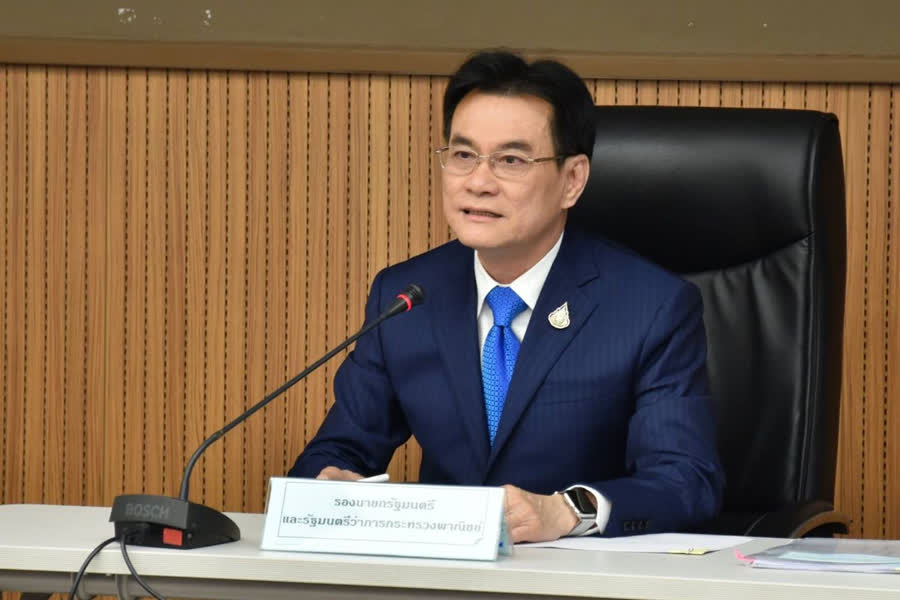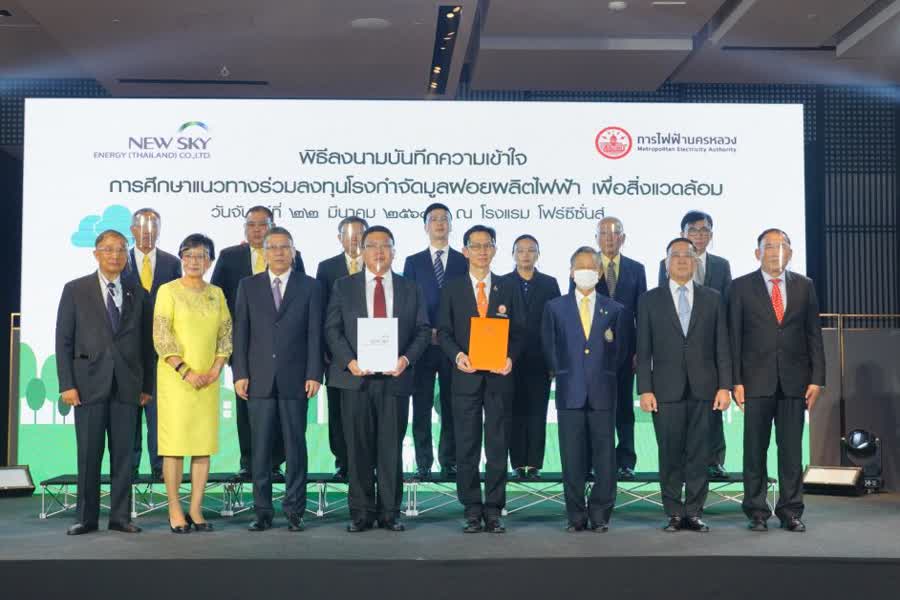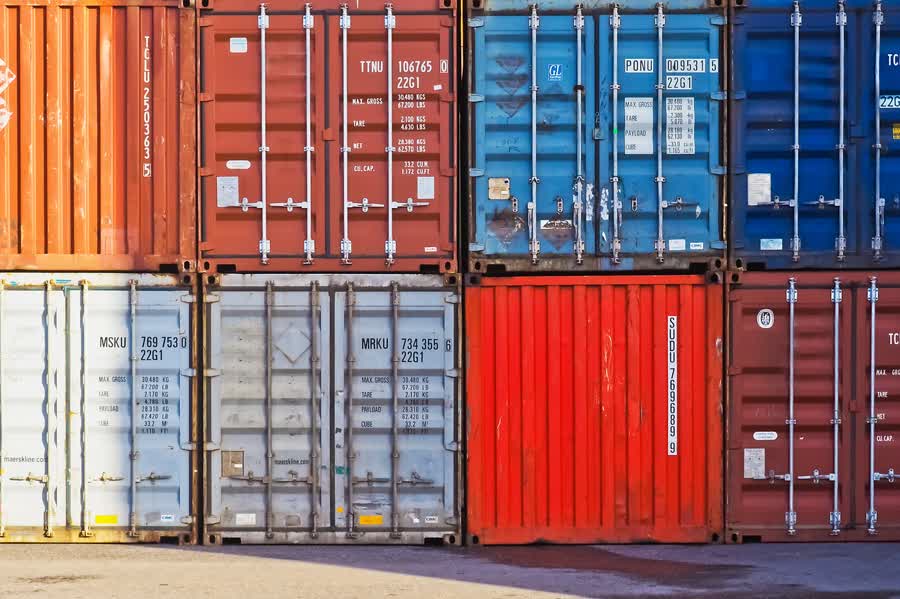Economics
中国城市可以从新加坡借鉴哪些经验?

活动。一同参加本次活动的还有世行驻华代表处的其他同事以及来自中国政府和参与世行项目的城市代表。对我们参会者而言,此行可以说是开阔眼界,使我们更清晰地了解到综合性的城市规划方法对构建可持续城市所起的重要作用,并为我们提供了诸多可推广的经验。这些经验稍加调整后即可为实现不同城市自身发展的目标提供实用的解决方案。以下几点经验供大家参考:
发展战略以人为本
要做到这一点,需要城市规划人员时刻关注市民对城市空间的日常体验,并通过公众参与请市民在决策过程发挥作用。譬如,在许多城市,公共交通被视为一种低端且不具备吸引力的出行方式,即便在交通拥堵严重情况下,公交载客量增长也停滞不前。但在新加坡,2014年公共交通在各种出行方式中的占比高达三分之二。在该市,乘坐地铁出行不仅舒适而且高效,因为各种公交工具和线路之间的换乘很方便,有明确的标识指引系统,换乘站点之间建有配备空调的连接走廊,并且为老年乘客和行动不便的乘客配置了考虑周到的空间设计和服务设施。此外,地铁站与主要零售和商业设施以及其它公共服务设施融合在一起,从而大大减少了最后一公里的连接问题。
为确保市民需求得到充分尊重和体现,新加坡建设开发部门借助在线平台以及赴现场召开利益相关者听证会等形式,开展了各类公众磋商活动。对致力于转变自上而下的规划观念并加强与当地社区合作能力的中国城市而言,这些都是可以借鉴的宝贵经验。
挖掘提升资源效率的巨大潜力
新加坡在可用的自然资源方面面临严重制约——从土地到水再到能源等资源皆不例外。得益于创新思维,这一制约并未阻碍新加坡的经济增长,相反却大大激励了该市有效地利用每一种数量极其有限的资源。
尽管其土地资源有限,但新加坡作为知名的花园城市,仍成功地为生态服务和娱乐活动保留了广阔的绿色空间。如果不能在现有城市建成区范围内上进行战略性的高密度开发,做到这一点是难以想象的。对努力寻求管理蔓延式开发的中国城市而言,这条经验颇有启发。
此外,水的回收利用也展示了该市对提升资源利用效率的重视。该市约三分之一的供水量源自收集的雨水,三分之一源自回收的已用水(被称为“新水”),其余源自进口。就Marina海湾地区的再开发而言,该市的做法很明智,即放弃了填海开垦更多建设用地的想法,保留该地区用作淡水蓄水库。这一做法取得了双赢结果,既提升了城市自然景观的吸引力,也增强了其水资源的安全性。
目前,中国很多城市,尤其是华北地区的城市,均面临与新加坡类似的缺水难题。新加坡的经验对这些城市具有很高的参考价值,有助于它们提高供水自给率。
鼓励政府部门共享数据,以简化规划流程
政府各部门之所以难以协同配合,一个常见原因在于它们往往使用不同数据库为决策提供依据。由于基础数据和绩效衡量指标差异巨大,部门间协调极其困难。
在新加坡,城市城市再开发局率先建成了城市管理方面的共享数据库,其它部门在经许可后可不同程度地使用该数据库,同时也主动向该数据库提供新数据。为确保不同来源数据的有效性、一致性以及兼容性,该市事先制定了一系列规则,用以指导数据采集和处理工作。
该数据库不断更新,以便及时反映实际情况的变化。例如,施工许可证一旦颁发,该信息即被自动输入中央服务器上的数据库,并在多层次的专题地图中予以体现。之后,不论是公共交通主管部门,还是绿色开放空间主管部门,都会及时了解到市民对城市公用服务的潜在需求。
新加坡城市再开发局为规划人员开发了一系列用户友好型的工具。正在开展的电子规划工具开发项目,将使规划人员只需在平板电脑的数据界面上点击几下,即可快速评估发展项目的适宜性,或甄别特定区域公共服务的缺口。当前,中国政府正在推动城市层面的多规融合工作。参考新加坡的先进经验,建立可靠的共享数据库是迈向多规融合目标的关键步骤。
Last week, I had the opportunity to attend the Singapore Urban Week along with other colleagues from the World Bank Beijing office, as well as delegates from China’s national government and participating cities. For all of us, this trip to Singapore was an eye-opening experience that highlighted the essential role of integrated urban planning in building sustainable cities, and provided practical solutions that can be readily adapted to help achieve each city’s own development vision. A couple of key lessons learned:
Putting people at the center of development strategies
This is only possible when planners always keep in mind people’s daily experience of urban space and invite them as part of decision-making process through citizen engagement.
For instance, in many cities, public transit has been perceived as a low-end, unattractive option of travel, causing ridership to stagnate despite severe traffic congestion. But in Singapore, public transit accounts for 2/3 of the total travel modal share in 2014. Moving around the city by metro is comfortable and efficient because transfers between different modes and lines are easy, with clear signage of directions, air-conditioned connecting corridors, and considerate spatial designs and facilities for the elderly and physically-challenged users. In addition, metro stations are co-located with major retail and commercial activities and other urban amenities, significantly reducing last-mile connectivity issues.
To ensure that people’s needs are fully respected and reflected, the development authorities in Singapore have conducted various types of public consultation through online platforms and onsite stakeholder meetings. These are very valuable lessons for Chinese cities that are keen to move away from a top-down planning paradigm and build up their capacity in working with local communities.
Exploring the huge potential of improving resource efficiency
Singapore has been facing severe constraints of natural resource availability, from land to water to energy. Thanks to innovative thinking, such constraints did not get in the way of Singapore’s growth, but instead created strong incentives for the city to utilize every tiny piece of resource very effectively.
Despite its limited land territory, Singapore, known as the Garden City, still managed to preserve vast areas of green space for ecological services and recreation. This is unimaginable without strategic, high-density development on existing urban footprint. Such experience is inspiring for cities in China that struggle to manage urban sprawl.
Water recycling is another example to show the city’s commitment to optimize resource efficiency. About 1/3 of the city’s water supply comes from stormwater collection, another third from recycling of used water (called new water), and the rest from import. For redevelopment of the Marina Bay area, the city wisely abandoned the idea of reclaiming more land…
Economics
National News Bureau Of Thailand

BANGKOK (NNT) – The Commerce Ministry has launched measures to increase rice exports to 6 million tons this year, valued at around 150 billion baht, with Indonesia, China, Bangladesh and Iraq set to be the main markets under government-to-government (G2G) deals.
Commerce Minister Jurin Laksanawisit said G2G deals and a campaign to make Thai rice more recognizable around the world will spearhead efforts to increase the export volume from last year’s 5.7 million tons.
He said the ministry is working with the Thai Rice Exporters Association to promote Thai rice under the “Think Rice, Think Thailand” campaign, adding that Thailand successfully made Thai rice become better known in Canada, increasing its exports to the country by 21% to 120,000 tons last year.
Mr Jurin said one of the distinctive characteristics of Thai rice is its very low sugar content. This would make it the preferred choice among Canadians as 28% of the Canadian population has high blood sugar levels.
Economics
Bangkok Metropolitan Energy Authority (MEA) partners with Chineses owned Newsky Energy (Thailand) Company

The MEA has signed a Memorandum of Understanding with private firm Newsky Energy Thailand on co-investment arrangements for waste-to-energy power plants in the Nong Khaem and On Nut districts of Bangkok, a project costing about 10 billion baht.
MEA Governor Kirapat Jiamset, said today that each of the waste-to-energy plants will have a generating capacity of 35 megawatts of electricity using 1,000 tons of waste as fuel each day.
Mr Kirapat said the two power plants will be introduced along with the smart grid system, which allows communities in service areas to receive power entirely from these plants, independent of the main power lines.
New Sky Energy Thailand CEO He Ning said the company has been working with the Bangkok Metropolitan Administration to operate a waste-to-energy incinerator at Nong Khaem dump, which converts 500 tons of garbage into electricity each day.
Operating since 2016, Mr Ning said the incinerator has been continuously feeding electricity to the MEA, with systems in place to take care of the environment and nearby communities.
The proposed new waste-to-energy plants are currently in the public consultation process. The construction of these projects is expected to commence later this year, and come online in the electricity grid in 2024.
According to the Department of Business Development, Newsky Energy (Thailand) Company Limited is currently registered as an electric power generation and transmission company in Thailand. The company is 100% owned by Chinese investors and reported a -7.25% net profit in the fiscal year 2019.
Economics
Thailand sets export growth target at 4% for 2021

BANGKOK (NNT) – Thailand has seen export growth of 0.35 per cent in the first month of the year. The Commerce Minister has ordered the Department of International Trade Promotion to advance an action plan to accelerate growth, which is set at 4 per cent this year.
(more…)





